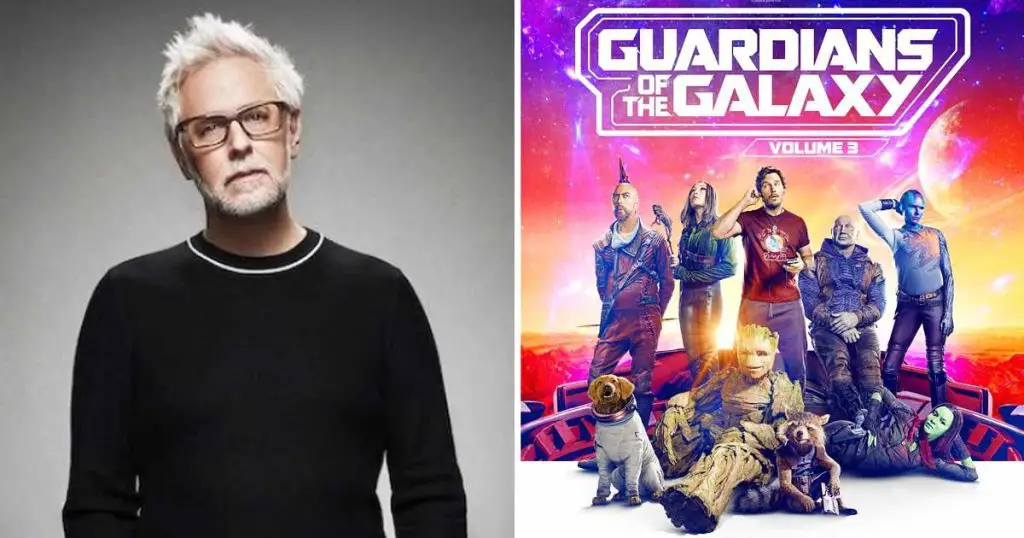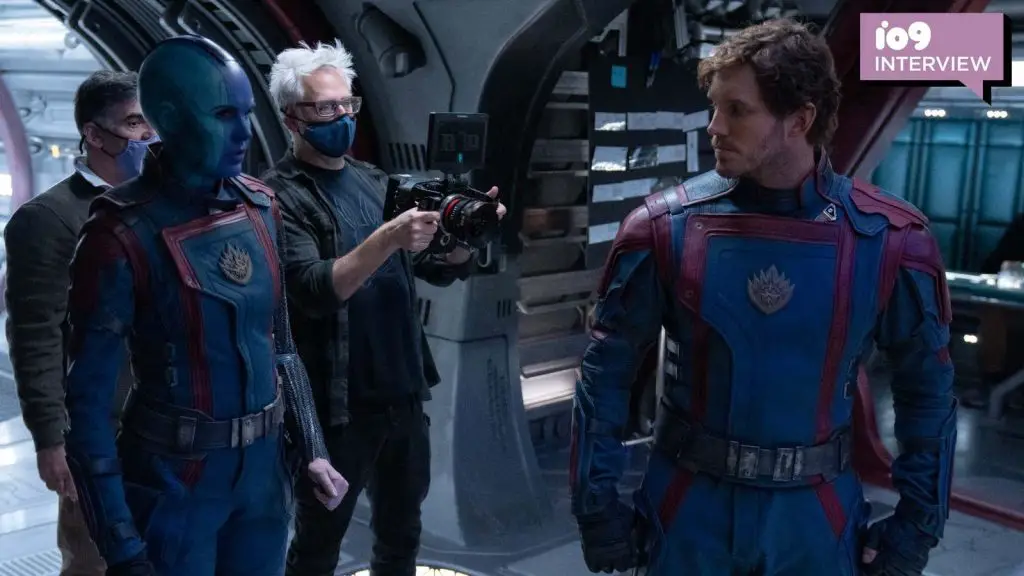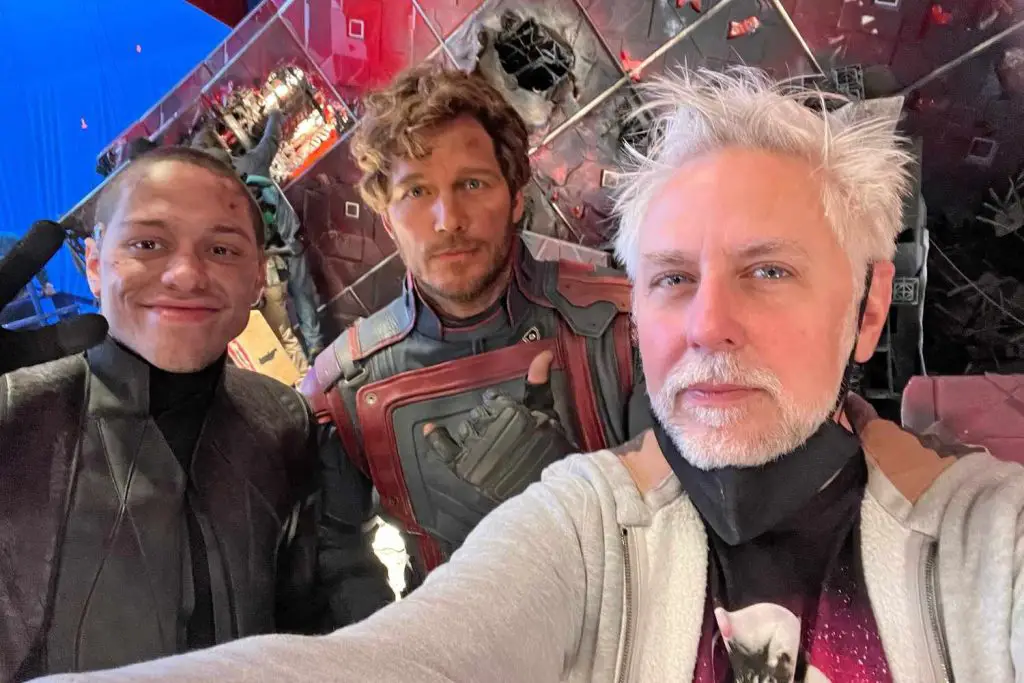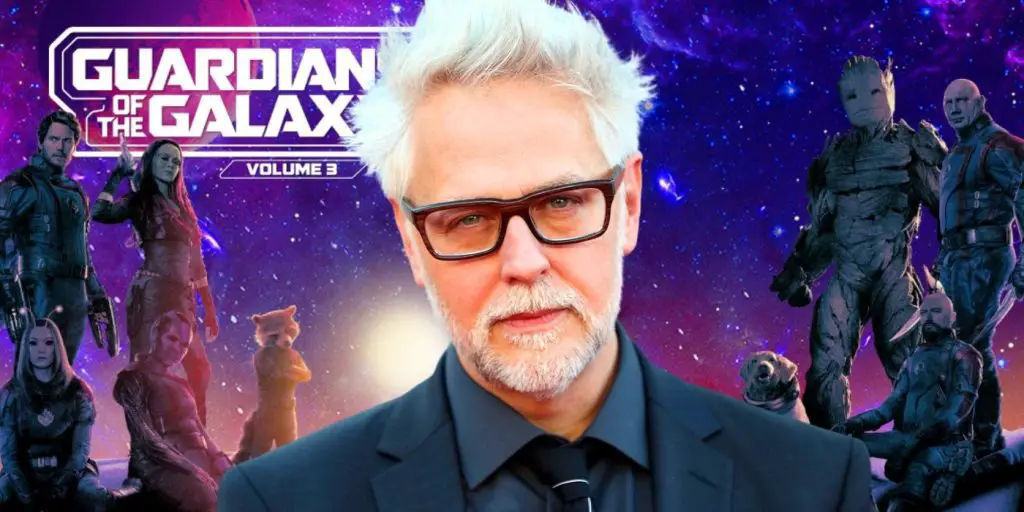In the bustling world of cinematic blockbusters, few directors resonate with audiences as James Gunn does. Notable for his intricate attention to detail in megahits like Guardians of the Galaxy and The Suicide Squad, Gunn has once again spotlighted his unique perspective with his recent revelations regarding Guardians of the Galaxy Vol. 3.
Disney+ recently premiered Guardians of the Galaxy Vol. 3, providing its viewers with two distinct viewing options: Widescreen and IMAX Enhanced. Though the IMAX experience has long been heralded by many film industry stalwarts, Gunn’s proclivity intriguingly leans towards the Widescreen version.
On Threads, Gunn elucidated his perspective. He remarked, “The ‘widescreen’ version is mixed aspect ratio and would be my preferred way to watch in your home.” This isn’t a casual preference. Gunn emphasized how different moments in the narrative are married to specific aspect ratios. This choice enhances the storytelling nuances, making the Widescreen version shine brighter when watched on a home television. In fact, when comparing the Widescreen and IMAX Enhanced frames, certain details, such as the top of Groot’s head, become more discernible in the latter.
A Deeper Dive Into Gunn’s Artistic Choices

What truly differentiates Gunn’s perspective is the depth of contemplation he invests in every facet of his creations. Opting between the 1.90 and 2.35 aspect ratios goes beyond mere visual aesthetics. It’s a strategic choice to harmonize with particular narrative points. This exceptional attention to detail showcases Gunn’s fervor, which extends beyond sheer visual spectacle to ensuring a rich, layered narrative delivery.
Furthermore, Gunn’s delight isn’t restricted to one version. He has even expressed appreciation for the 3D rendition of Guardians of the Galaxy Vol. 3.
Widescreen: A Fresh Perspective in Home Viewing

Amid the industry’s consistent glorification of the IMAX experience—recently exemplified by Christopher Nolan’s preference for the format in his film Oppenheimer—Gunn’s endorsement of the humble widescreen for home viewing is a breath of fresh air. This isn’t just a debate about what’s visually more appealing. For Gunn, it’s a discernment of what accentuates the story and elevates the viewing experience for devotees. He appreciates that the intimacy of a home environment and the enveloping aura of a cinema hall offer distinct advantages. His work on Guardians of the Galaxy Vol. 3 has been meticulously crafted to cater to both these experiences.
Gunn’s advocacy for the Widescreen format on Disney+ offers an intimate peek into the soul of a filmmaker profoundly connected to both his art and his audience. The focus isn’t merely on visual brilliance, but on encapsulating the narrative’s essence and expressing it through the most resonating medium. This perspective augments our understanding of contemporary cinema, reminding us that it requires a blend of intent, care, and artistry, attributes that Gunn effortlessly weaves into his work.
In Conclusion

Guardians of the Galaxy Vol. 3, with all its splendor, is currently available on Disney+. For those yearning to bask in Gunn’s preferred vision, opting for the Widescreen version would be diving into a rendition that mirrors his genuine artistic aspirations. This isn’t just a film; it’s a testament to the intricate balance between storytelling, artistic intent, and audience experience.


